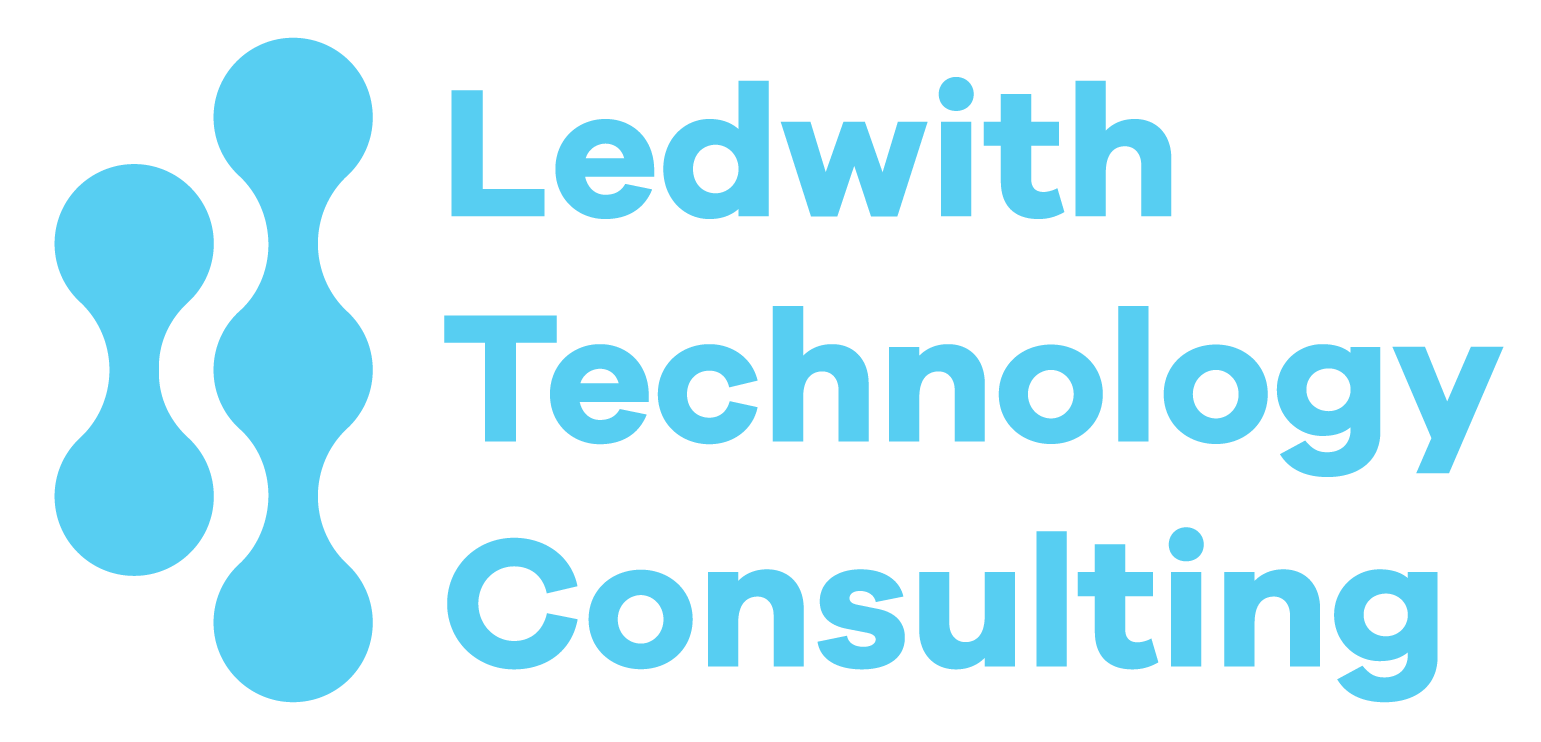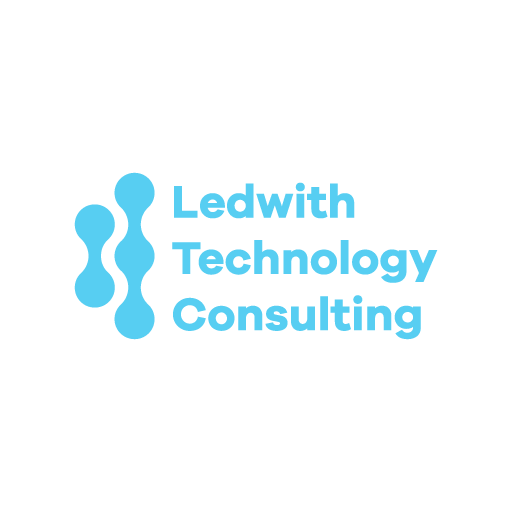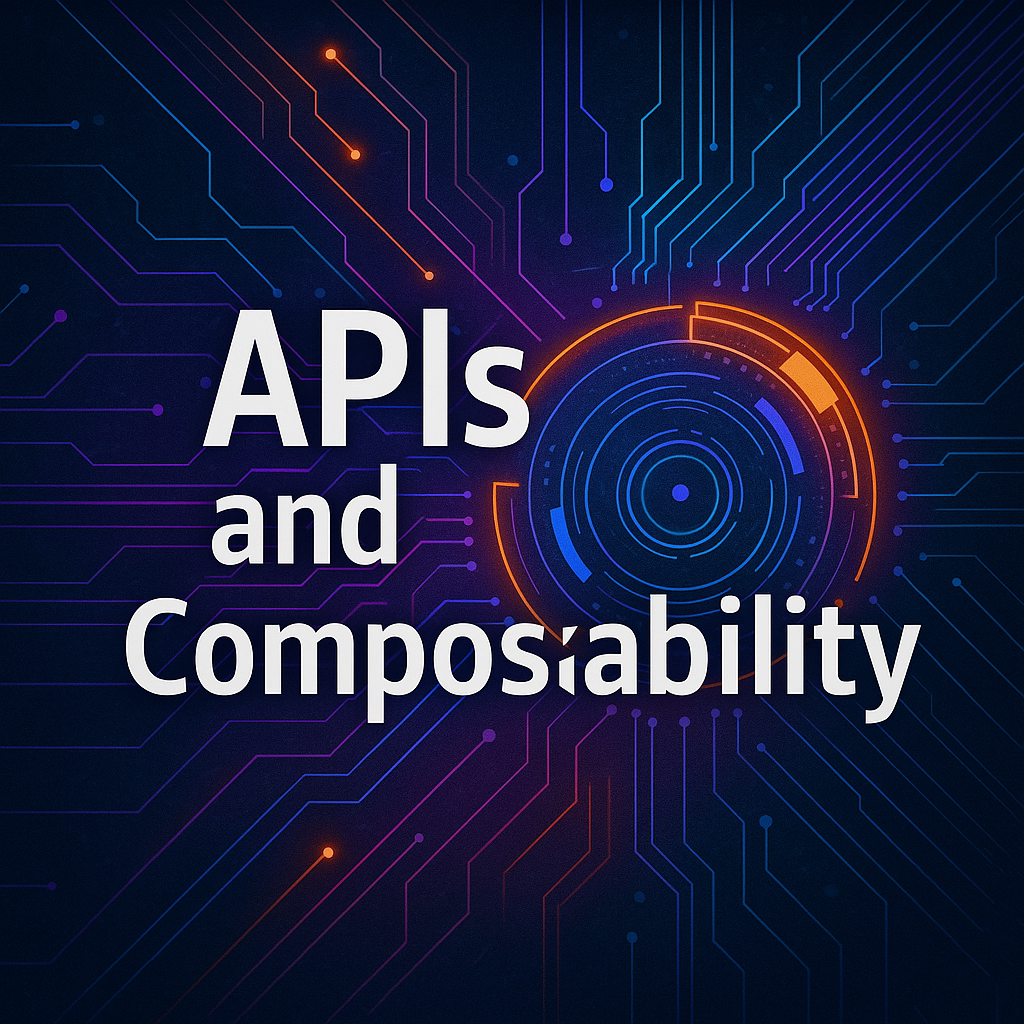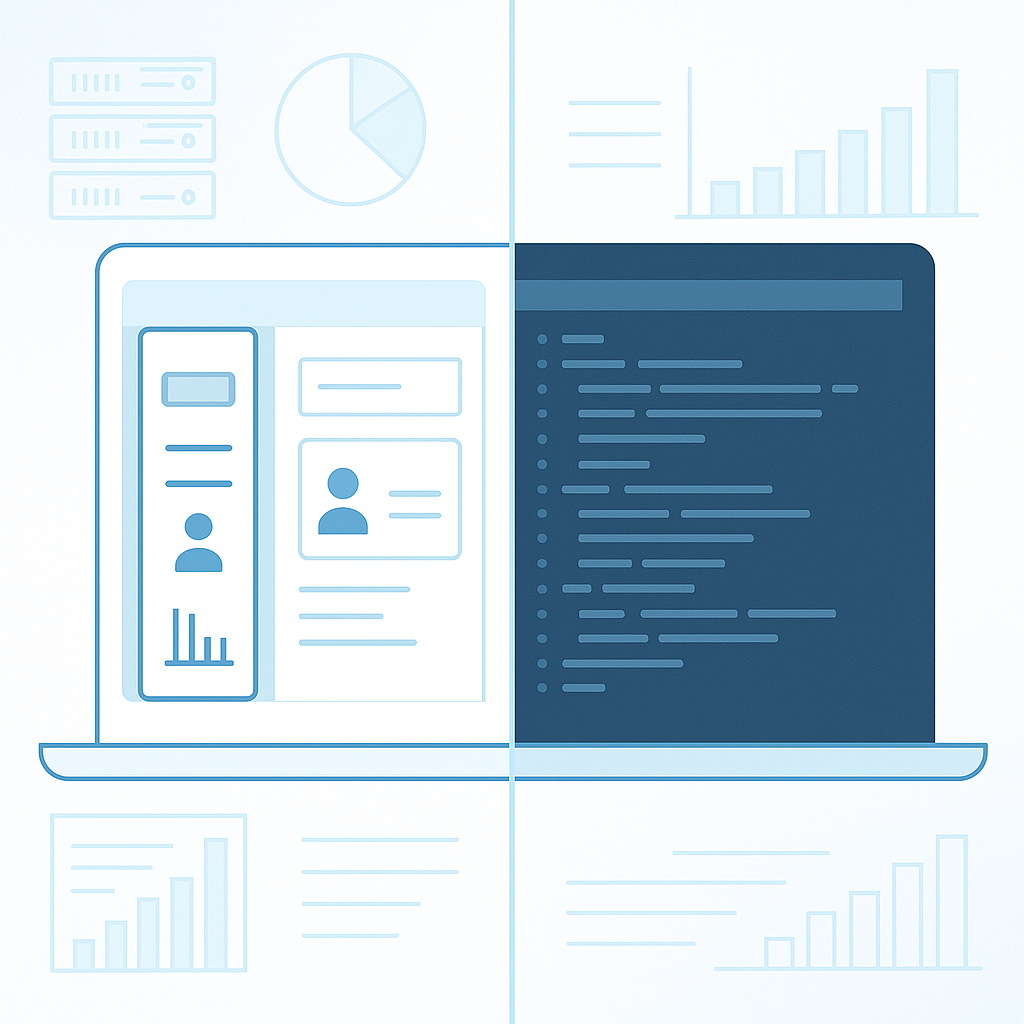| April 10, 2025
For decades, tech leaders have faced the classic architectural dilemma: build vs. buy. Should you invest internal resources to develop a solution from scratch, or purchase an off-the-shelf product that solves the problem today?
This used to be a strategic fork in the road. But the reality of modern enterprise architecture and product development is far more nuanced. The binary framing of “build vs. buy” is increasingly obsolete. Today, the more useful question is:
How do we orchestrate the right blend of built, bought, and integrated capabilities to deliver value faster?
In this article, we’ll explore why the traditional build-vs-buy framework no longer serves growing tech organizations, and what to replace it with. We’ll also walk through a practical framework for evaluating modern software decisions.
The Old Build vs. Buy Logic
Historically, “build vs. buy” decisions were framed around a few key factors:
- Cost: Building software was seen as expensive; buying was more economical.
- Time to market: Buying was typically faster.
- Control: Building gave you full control over features, UX, and roadmap.
- Expertise: Buying outsourced complexity to specialized vendors.
This made sense in an era of monolithic applications, slow release cycles, and limited cloud tooling. But today, software delivery is modular, composable, and fast-moving. The velocity and expectations of digital product teams have changed dramatically.
What Changed?
1. APIs and Composability
The rise of cloud-native services and open APIs has blurred the line between build and buy. Now you can plug in best-of-breed components—payments, auth, messaging, AI—into your stack with minimal friction.
Instead of buying a massive platform or building every feature in-house, teams assemble flexible ecosystems of services.
Composable architectures mean you don’t build OR buy—you orchestrate.
2. Platform Thinking
Modern product orgs think in terms of platforms, not point solutions. A platform is a foundation that enables internal teams to build faster, more reliably, and with less redundancy.
Platform decisions aren’t just about features—they’re about capability acceleration.
3. Hidden Costs of Ownership
The cost of “building” something doesn’t stop when the feature is delivered. You also own:
- Ongoing maintenance
- Monitoring and reliability
- Technical debt
- Onboarding and documentation
- Security and compliance
These invisible costs can make homegrown solutions far more expensive over time.
4. The Flexibility Fallacy
Many teams build because they want flexibility. But ironically, building in-house often leads to rigidity:
- Fewer resources to iterate
- High switching costs
- Custom tools that become sacred cows
Meanwhile, mature vendors can evolve faster and offer greater configurability at scale.
Modern Decision Criteria: A New Framework
Let’s reframe the question. Instead of “Should we build or buy?”, ask:
What combination of build, buy, and integrate will create the most leverage for our team and customers?
Here’s a more modern framework to guide those decisions:
🧩 1. Strategic Differentiation
Ask: Is this core to our unique value proposition?
If it is, lean toward building. If it’s not, consider buying or integrating.
- Build: proprietary algorithms, customer experience differentiators, vertical-specific workflows
- Buy: commodity systems like payroll, email delivery, logging
💸 2. Total Cost of Ownership (TCO)
Look beyond initial implementation. Evaluate:
- Dev and QA resources
- Long-term support and upgrades
- SLAs and downtime
- Training and enablement
Bought solutions can be cheaper long-term, especially if you’re avoiding technical complexity.
🚀 3. Speed to Value
Time is a competitive advantage. If a solution lets you ship value faster, that matters.
- Consider vendor maturity, onboarding speed, and integration depth
- Factor in build time and time to production usage
🔒 4. Control and Compliance
Some orgs need strict control for security, compliance, or regulation.
- On-prem or self-hosted builds may be required
- Review vendor security posture, SOC2/ISO, and data policies
In these cases, building or private-cloud-hosted vendor solutions might be the right hybrid.
🔄 5. Flexibility and Extensibility
Will you need to extend or customize this in 6–12 months?
- Look for vendors with modular APIs, plugin support, or SDKs
- If you foresee heavy customization, evaluate whether buy will block future scale
Practical Examples
Example 1: Internal Feature Flagging
Your engineering team wants better control over releases. You consider LaunchDarkly (buy) vs. building a simple internal toggle system.
- Strategic? No
- TCO? High if built
- Speed? Faster to buy
✅ Verdict: Buy and integrate. Focus your time on product features.
Example 2: AI Recommendation Engine
You’re building a B2B marketplace and want a recommendation engine tailored to industry-specific workflows.
- Strategic? Yes
- TCO? Worth it for differentiation
- Speed? Slower but critical to success
✅ Verdict: Build. This is your moat.
Example 3: CMS for Marketing
Your content team needs a CMS. You’re debating building a custom markdown-based system vs. buying Contentful.
- Strategic? No
- TCO? Lower to buy
- Flexibility? Vendors offer APIs and preview features
✅ Verdict: Buy. Invest time in templates, not infrastructure.
Bonus: The Hidden Middle Ground
Sometimes the right path is neither build nor buy, but extend or embed. Look for vendors that:
- Offer SDKs or white-label options
- Let you bring your own data models
- Allow partial adoption
These hybrid options let you get the best of both worlds.
And in some cases, the right call is build now, buy later. If a vendor doesn’t meet your needs today, but you expect maturity in 12–18 months, building a stopgap can buy time.
Final Thoughts
The next time someone asks, “Should we build this or buy it?"—pause.
You’re not choosing between two roads. You’re designing a system.
- One that maximizes speed and quality.
- One that plays to your team’s strengths.
- One that reduces complexity over time.
You’re not building or buying. You’re orchestrating.
The smartest tech leaders don’t ask, “Which option is better?” They ask, “How do I assemble the right pieces to serve our customers better, faster, and longer?”
That’s the real decision. And it’s never been more critical.




